Is Your Milk Powder Safe to Use? Do you know about Storage Tips of powdered milk? It is essential to understand the factors affecting powdered milk storage tips and milk powder safety and quality assessment to ensure you are consuming a safe and high-quality product. To ensure the safety and quality of powdered milk, it is important to store it properly in a cool, dry place with low humidity. In addition, following the storage instructions recommended by the manufacturer and using milk powder within the specified shelf life can help prevent spoilage and maintain its quality.
Checking the quality and signs of spoilage in powdered milk
Signs of spoilage in powdered milk may include a foul odor, unusual texture, clumping, discoloration, or a sour taste. Checking the quality of industrial milk powder can include various factors. Here are some key aspects to consider when evaluating the quality of different types of powdered milk:
Fat content
It is important to check the fat content in powdered milk. This information can be found on the product label or in the relevant specifications. Hence, make sure that the amount of fat meets your standards and needs.
Protein content
Protein is one of the basic elements of powdered milk. The amount of protein can have a direct effect on the nutritional properties and quality of the final products. Protein, as an important factor in creating the desired taste and texture of food products, plays a significant role in increasing the value and popularity of products. As a result, checking the percentage of protein in powdered milk is very important.
Moisture
milk powder must have the right amount of moisture. High humidity can lead to low quality and less shelf life of the product. Make sure that the powdered milk you are going to use contains very little moisture.
Source and reputation
Look for a brand or brands of milk powder that have a good reputation and are known for quality. Brands with a long history of producing dairy products as well as positive customer reviews are usually more reliable.
Ingredients and manufacturing process
Check the ingredient list to make sure that the milk powder is made from high-quality milk and does not contain any additives or preservatives. It is also helpful to understand the production process used, such as spray drying, to ensure that the milk’s nutritional value is preserved.
Packaging
Check the packaging of powdered milk. It must be intact, properly sealed, and free of any damage or signs of tampering. Proper packaging helps to maintain the quality and freshness of the product.
Appearance and texture
high-quality powdered milk should have a consistent texture and uniform color. It should be free of lumps, lumps, or discoloration. The powder should be soft and easily flowable.

Fragrance
Open the package and check the fragrance of the powdered milk. It should smell sweet and natural. Any foul or sour smell can indicate poor quality or spoilage.
Solubility
Test the solubility of milk powder by mixing it with water.
Taste
Drink a small amount of prepared milk using milk powder. Milk should have a pleasant and natural taste without any bad taste or unpleasant aftertaste.
Certification and standards
Look for powdered milk brands that meet recognized quality and safety standards. Certifications such as ISO, IRI Standard, HACCP, and Halal can show that the manufacturer follows strict quality control measures.
Shelf life and expiration date
Check the shelf life and expiration date of powdered milk. Make sure it is within the recommended time and has not expired.
Instructions for storing milk powder
The instructions for storing industrial dry milk powder in order to maintain the quality and durability of the product are:
- Dry environment
Store powdered milk in a cool, dry place with a maximum temperature of 20 degrees Celsius. Avoid direct sunlight and high humidity, as these conditions can lead to moisture absorption, clumping, and spoilage.
The recommended relative humidity for the storage of industrial milk powder is 60% at most. High humidity can cause the absorption of moisture, lumps, and spoilage of milk powder. To ensure proper storage conditions, you can use a dehumidifier or place the milk powder in airtight containers with moisture-absorbent bags to absorb any excess moisture. Also, it is recommended to keep the storage environment well-ventilated and away from moisture sources such as sinks, open windows, or areas that cause dew formation. Regular monitoring of humidity levels using a hygrometer can also help maintain optimal conditions.

- Proper packaging
The product should be placed in proper and tight packaging to prevent moisture and air. The packaging should not be accessible to children.
- Separate storage
Since milk powder is strongly absorbent of odors, it should be stored separately from foods with strong odors. Avoid storage near ingredients such as flour, coffee, spices, and other products that may transfer their odors to the powdered milk.
- Avoid Wet Particles
When using powdered milk, it is recommended not to use the wet part of this product. Wet particles can cause lumps and spoiled milk powder.
- Monitor Storage Conditions
If you store powdered milk for a long time, it is important to take care of the storage conditions. If there is damage in the packaging, signs of insects, or changes in color, smell, or taste of the product, throw away the milk powder and do not use it.
Oxidation and Whole Milk Powder
In the case of whole milk powder (full-fat dry milk), the presence of unsaturated fats makes it prone to oxidation faster than nonfat dry milk powder (skim dry milk). Oxidation is a chemical reaction that occurs when oxygen comes into contact with these unsaturated fats and leads to the destruction of fats, resulting in a bad taste, sourness, and a decrease in nutritional quality.
To be sure, it is recommended to read the instructions on the industrial milk powder package and also consult with the manufacturer or supplier of the milk powder product.
Read More: Exploring the World of Milk Powders: A Comprehensive Comparison
Read More: How to store powdered milk



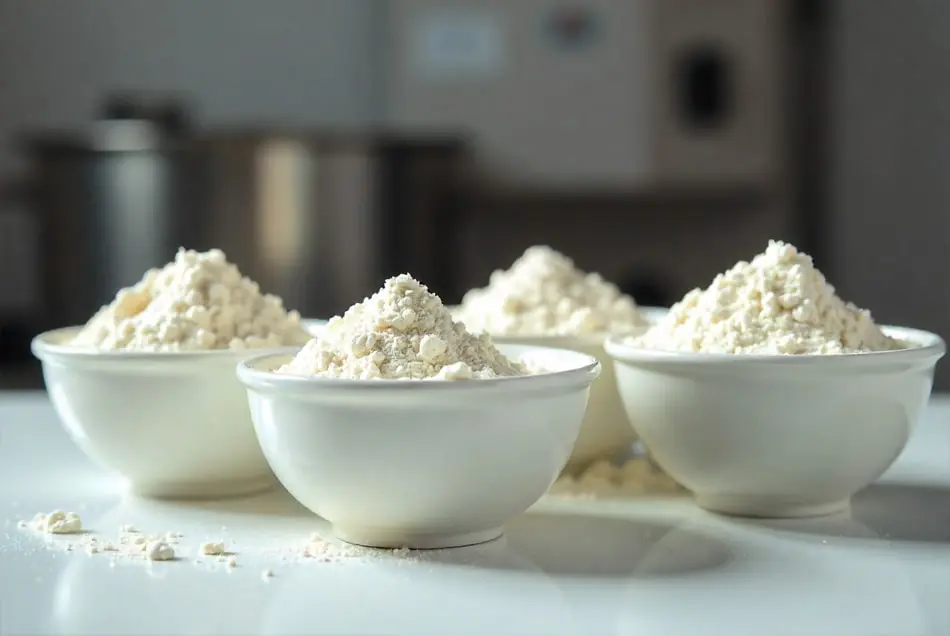





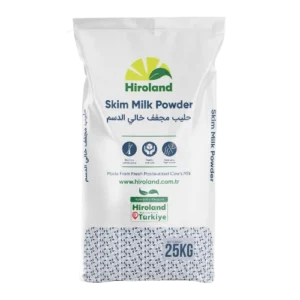
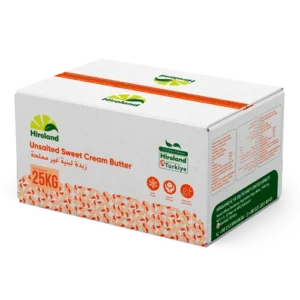
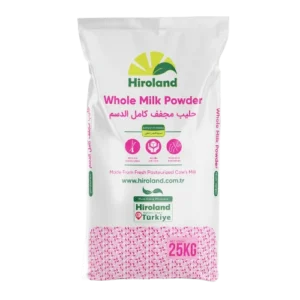
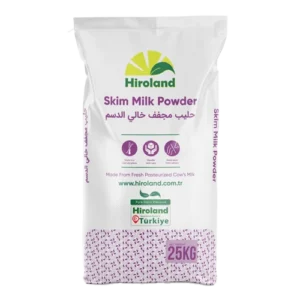
1 thought on “Is Your Milk Powder Safe to Use? Quality Assessment & Storage Tips”
Where in this article is the question answered ??? Is it safe to drink it, if you are willing to deal with the bad taste ?